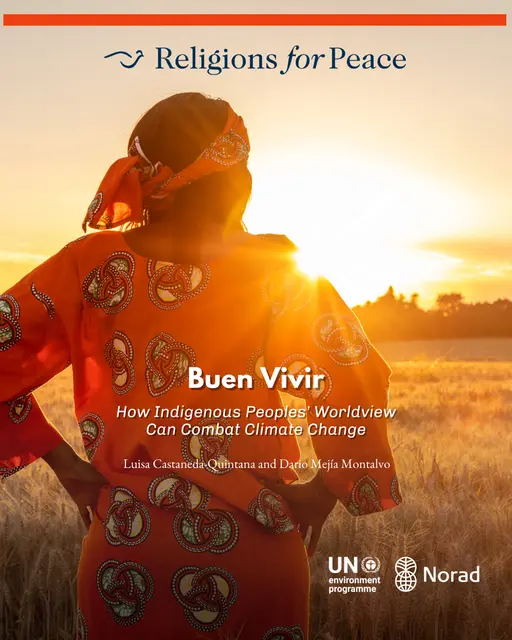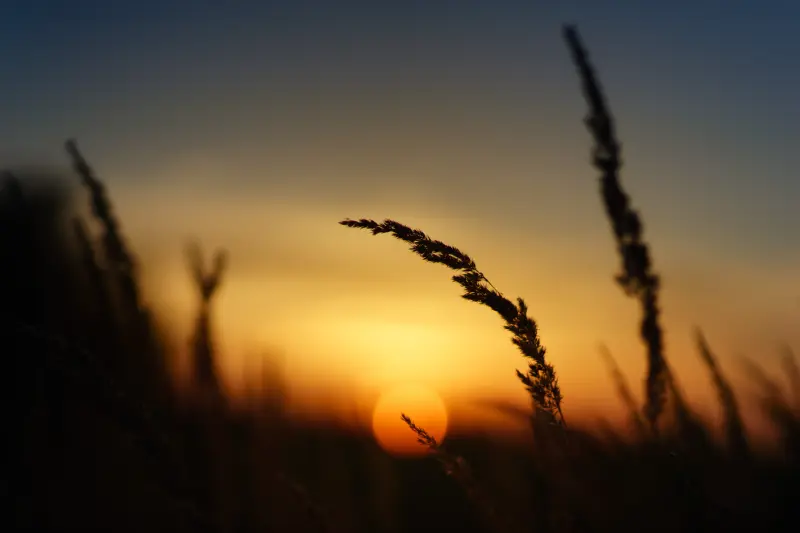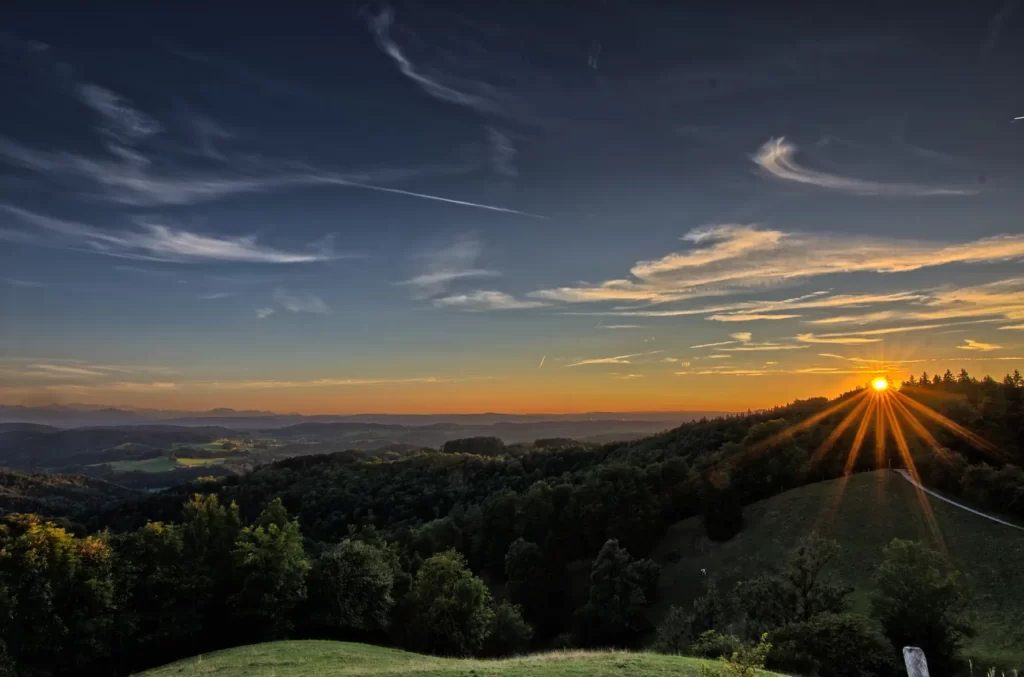INTRODUCTION
For hundreds of years, Indigenous Peoples have developed their own values, culture, government, food systems, and ways of coexisting with nature in their territories. Based on their diversity, practices and ancestral knowledge, they share a holistic relationship with nature, in which rights do not have an anthropocentric source; on the contrary, it is nature that allows us to have some rights to maintain balance and harmony of the world. This worldview is known as buen vivir or “good living” — a way of life that creates a harmonious relationship between humans and nature.
Indigenous Peoples are diverse, and so are their sacred histories of origin that sustain their visions of the world. Some Peoples see the earth as their mother, while others consider theirs to be the sea, wind, rain, thunder, animals such as eagles or snakes, or a particular mountain. Indigenous Peoples declare that these spiritual parents, siblings or ancestors have rights, as much or perhaps more than us, to continue to exist because of their crucial role in preserving life on the planet.
The stories of origin of Indigenous Peoples are not romanticism or the subject of academic research. Instead, those stories are real, present and effective forms of life for the care of life. At present, it has been proven that Indigenous Peoples, with their knowledge and ways of life, preserve natural harmony and balance in different parts of the world, protecting, for example, the sources of water and oxygen on which we all depend. Such an ability to care for life depends on their holistic forms of knowledge and ways of relating to the territory, which are the foundations of their origin stories. The ancestral practices in which this ability operates, in turn, are central to the most important task at hand for humanity: maintaining life in all its forms and with dignity.
It is important to remember that Indigenous Peoples existed before the formation of States and the widespread focus on individualism and consumption. Colonial processes destroyed much of the Indigenous Peoples’ cultures and forms of government, as well as relegating Indigenous Peoples to inhospitable territories. As a result, their voices have been ignored. However, they have preserved their cosmovisions and continued to live by its principles. Today, thanks to such perseverance, they are well prepared to contribute to humanity’s struggle against biodiversity loss and ecological crisis.
The silencing of Indigenous Peoples’ forms of life has occurred within the framework of a development model that pursues vivir mejor. This model focuses on conventional development, which is understood as linear progress and is expressed in terms of economic growth.
In this paper, the authors aim to show how the Indigenous Peoples’ knowledge, harmonic relation with nature, ways of life, and worldviews representing buen vivir are an alternative to vivir mejor. The authors do not claim that buen vivir is the only alternative or that it is itself a development model. However, buen vivir does offer a way to transition from the current development model to an approach that focuses on harmony among human and nature[2].
Finally, the authors acknowledge that embracing the paradigm of buen vivir requires profound change. The argument to take on needed systemic efforts is more compelling when framed around climate change and biodiversity. Before delving into the buen vivir approach, the authors will present some thoughts on vivir mejor development paradigm and the nuances of Indigenous Peoples’ participation in and perception of climate change and biodiversity actions.
THE VIVIR MEJOR (OR “LIVE BETTER”) DEVELOPMENT PARADIGM
Nation-states focused on a development paradigm based on a market system, competition, and individualism. The goal was vivir mejor or “living better.” However, it was based on a market system that supported competition and individualism. As a result, it caused a global crisis that led to the depletion of natural resources and the disruption of humans’ connection to nature, as Bolivian Vice-President David Choquehuaca has pointed out. It also unleashed environmental, financial, and institutional crises.
In contrast, Indigenous Peoples have sought to find solutions to halt environmental degradation in order to preserve the natural world for future generations. They have increasingly been able to provide evidence of how their knowledge, ways of life, and intrinsic relationship with nature are essential to this goal.
For example, there’s been increasing evidence that Indigenous Peoples who occupy territories with exceptional cultural diversity also enjoy abundant biological diversity and natural resources[3]. Although these findings have sparked the collective imagination, they are often used simply to fill speeches, rather than to recognise the valuable contribution of Indigenous Peoples in the fight against climate change. This is most obvious in that Indigenous Peoples’ knowledge is conspicuously absent from policy design on climate change and biodiversity at the global, regional, and national levels.
Although the international framework on the rights of Indigenous Peoples enshrines rights to self- determination, lands, territories, resources, and free, prior, and informed consent, these rights are often not recognised or effectively enforced in many countries. Even in countries where the rights of Indigenous Peoples are legally recognised, they are repeatedly undermined by activities such as granting concessions for mining, logging, monoculture farming, mega-projects, biofuel plantations, dams, and other investments- fueled projects.
These realities reveal how Indigenous Peoples’ rights violations are generated by the industries that are the most responsible for climate change. The same forces that support the vivirmejordevelopment model are prompting policies that perpetuate colonialism, reductionism, and assimilationism against Indigenous Peoples, which threatens their lives and livelihoods.
Consequently, those measures caused the dispossession of lands and resources, loss of livelihoods, extinction of knowledge and languages, as well as harassment, criminalisation, and killings of Indigenous Peoples and their allies. For example, at least 358 environmental and human rights defenders were killed worldwide in 2021[4] and there are estimates that there will be more than 200 killings in 2022[5]. Yet, there is no precise data on how many have been imprisoned for these actions.
These statistics clearly show the inconsistency between the good intentions of governments to recognise rights and the lack of effective endeavors to fully respect them.
Read more here (PDF, opens in new tab)
Source
Image Source
Tags: Buen Vivir, Earth Day, Indigenous Peoples and Climate Change




